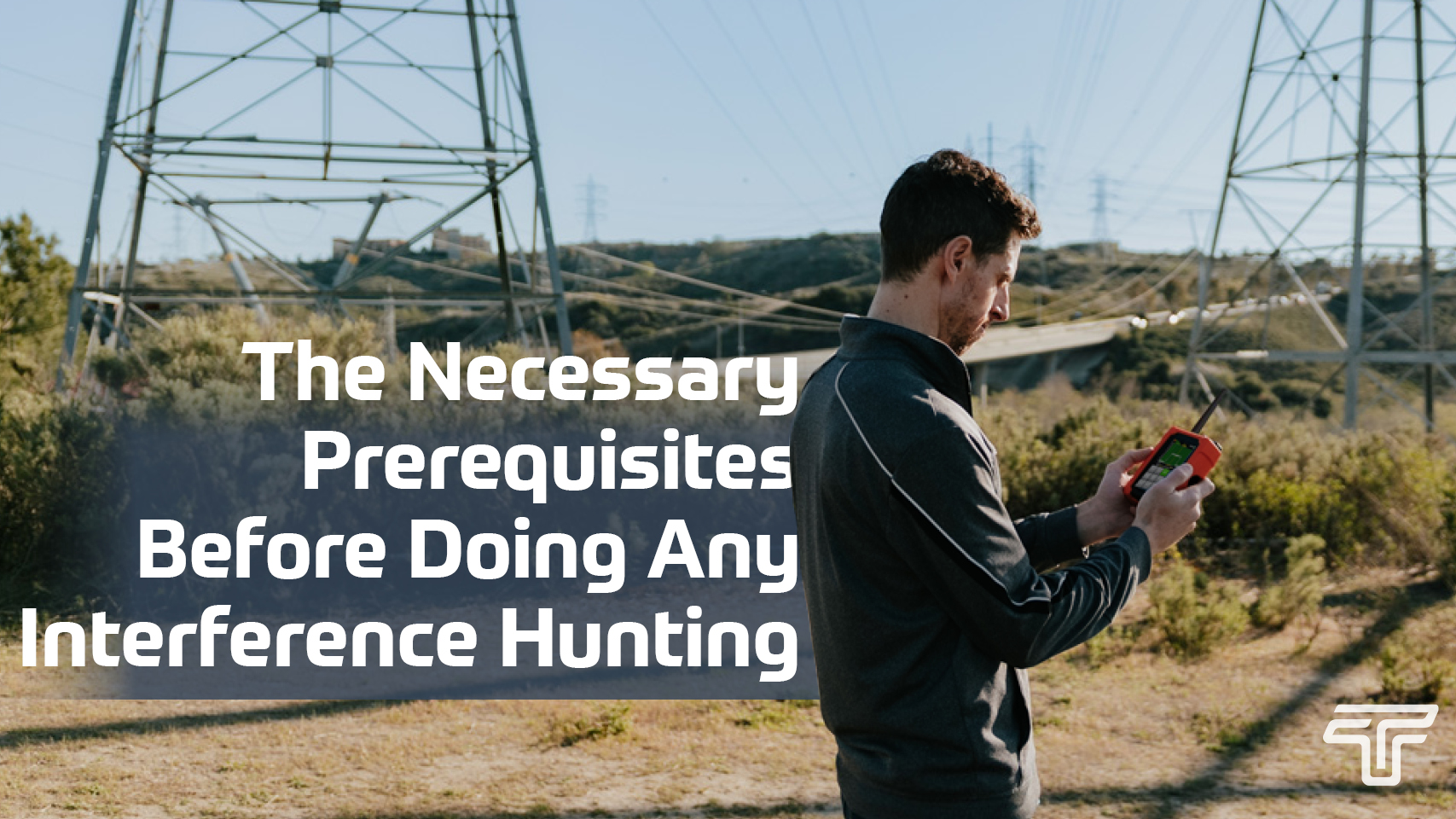Stay up to date with Tempo Announcements and News

The Necessary Prerequisites Before Doing Any Interference Hunting
Interference hunting is a necessary evil in maintaining cellular networks. Depending on the type of interference problem and the degree of network degradation you are experiencing, this effort can take hours, days, weeks, or even months! Some problems, especially intermittent ones, can be so elusive that it may not be worth it to pursue and solve.
Some technicians tell me there must be an easier way to solve interference problems, considering how difficult some are. When I answer this, I’m reminded of a conversation with a top RF engineer working for one of the biggest operators in Europe. In this conversation, he said something that summarizes the difficulty and effort that interference hunting entails: “We have many tools designed to help find interference, including software that reads multiple base stations to try and triangulate the source of interference. But at the end of the day, nothing can replace boots-on-the-ground hunting for the exact source and location.” Interference hunting has basically not changed for the last 10 years!
Even though the job can be tedious and even daunting, there are still things technicians can do to give themselves the highest chance of finding the offending source quickly. First and foremost is having a clear understanding of what you’re hunting for. Having this understanding goes a long way in identifying problems as quickly as possible
How do I know what to look for?
Here are some tips for knowing what to look for, using some network resources, and also some common sense. Experience helps too, although if you’re just starting out in interference hunting, you’ll need to acquire this experience as you go.
Use base station KPIs to help characterize the interference signal. The KPI reports and spectrum analysis from the base station can tell you a lot if you have access to it. Most modern base stations can produce reports (albeit delayed) that can show frequencies of interference, a spectrograph (power levels across your spectrum over time), and also interferer power levels.
Is the interference constant or intermittent? While intermittent sources are typically harder to find, you can use deduction to find the source. One example is an operator who had interference problems only on Sunday mornings. This points to something that happens weekly on Sundays: a church service! It turned out to be an output of specification audio equipment that caused the problem.
How much power is the base station seeing? Can you deduce from looking at multiple sectors where the general location of the interference source is?
Do you have a transmitter directly transmitting power into your uplink, or is it Passive Intermodulation (PIM) interference? The determination of this will require a much more in-depth discussion than this article can provide, but here are a couple of tips. If the interference spans across a large percentage or all of the band (as shown in the spectrograph), you may have a PIM interference issue. If the interference worsens as you turn up the transmit power, that is another indication that you may have PIM.
Why is this important?
Hunting down PIM issues is much different from hunting interference caused by a misbehaving transmitter. When you hunt for PIM sources, you will need different equipment (a PIM analyzer), as well as different functions on your spectrum analyzer. That is the subject of another article.
If these planning steps are followed, you will have a good general understanding of what kind of interference source you need to hunt down. You should understand these characteristics of the source:
• Stationary or moving interference
• Approximate power levels across multiple sectors
• Intermittent or constant
• If intermittent, is there a pattern to it, like time of day or week?
• Is it PIM or a transmitter source? While it’s not always possible to be able to know all these things before starting your interference hunting exercise, knowing a few of them will prevent you from going on a wild goose chase.
For more information on our spectrum analyzer product line designed specifically for field use and interference hunting, please visit: https://www.tempocom.com/airscout-spectru
